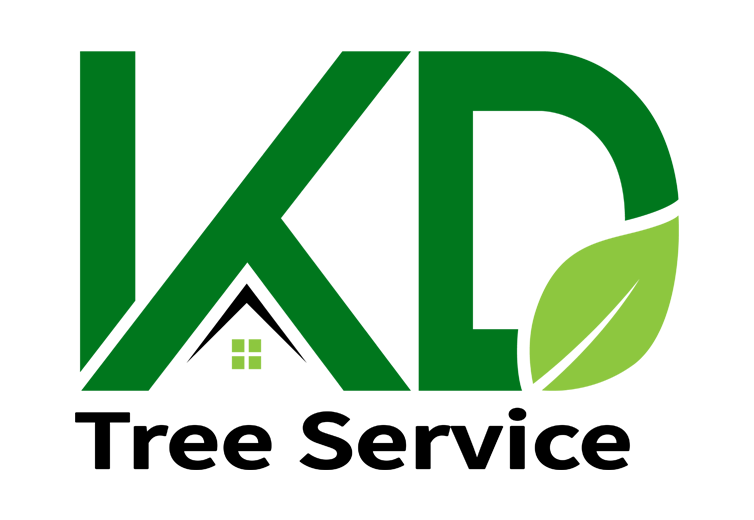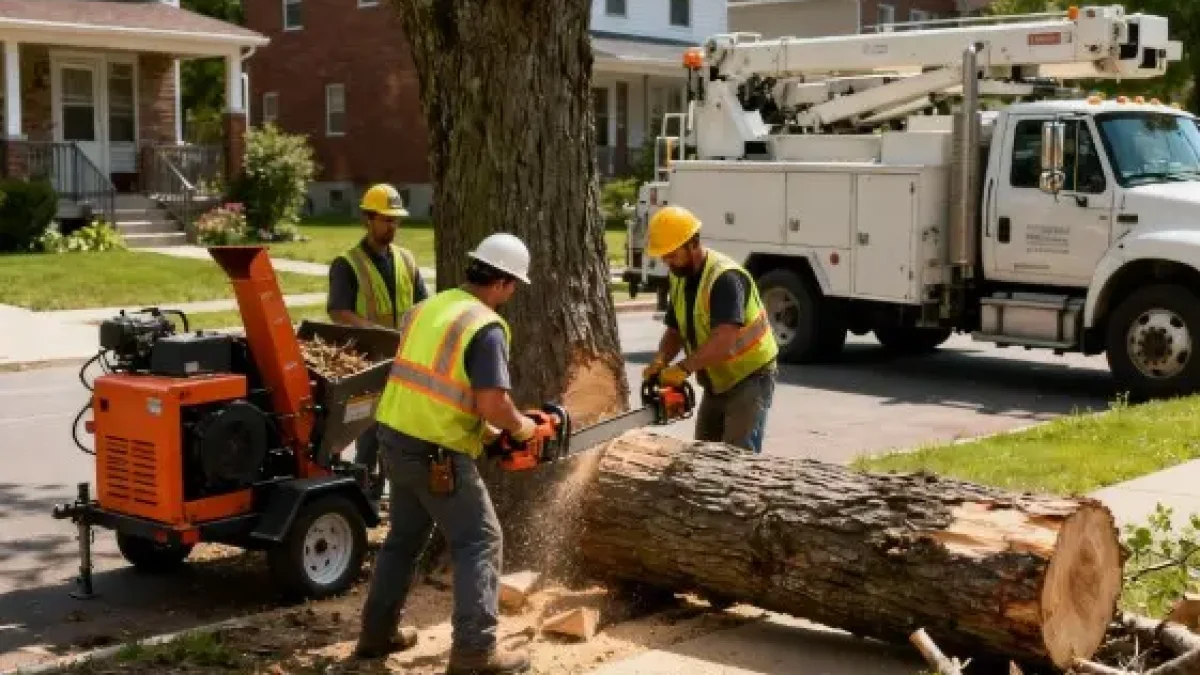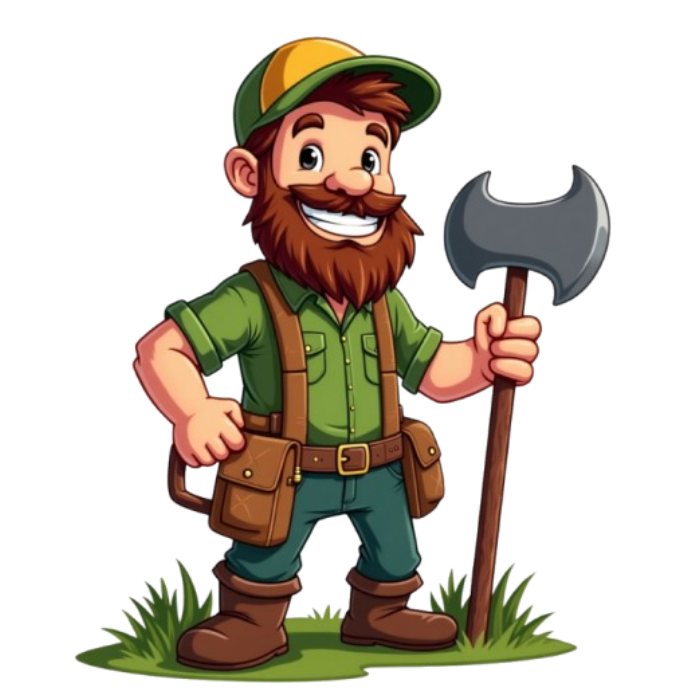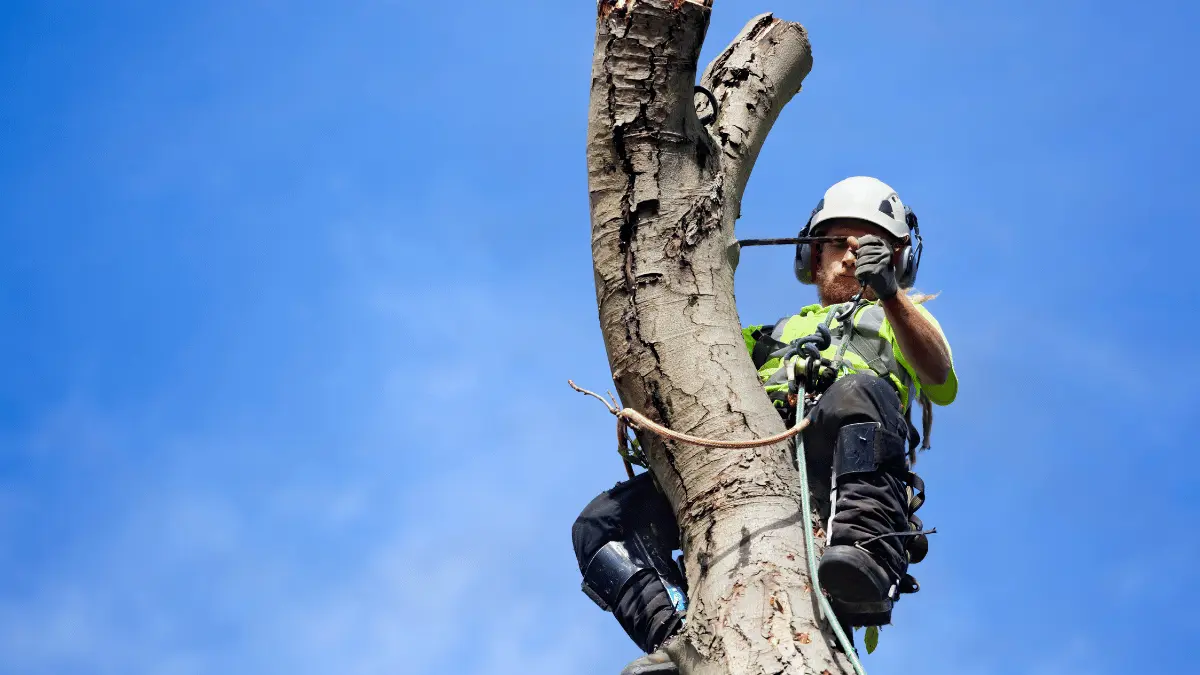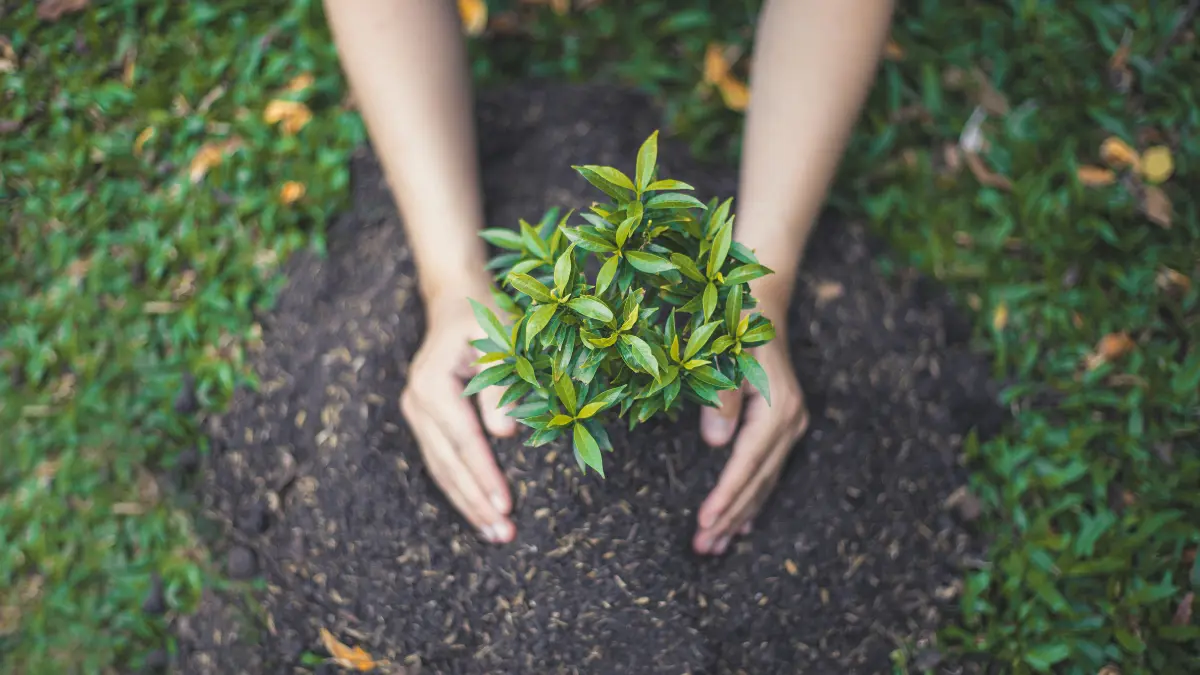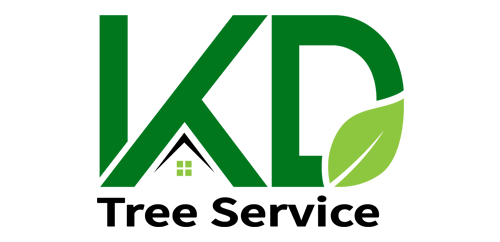Hedges are a wonderful way of imparting structure and greenery into a garden. They can be used as the natural border for one’s privacy, or perhaps carved into a pretty topiary: thus, they stand as versatile options, both functionally and aesthetically. The icing on the cake is that planting the hedge is surprisingly easy if you know how.
hether it is pot-grown, bare root, root-balled, or even instant hedging species, whatever one’s choice, some basic principles are always to be observed: good ground preparation, sufficient root space, no air pockets, and lots of water. This guide will take you by the hand from selecting the perfect species to setting up your soil for healthy growth.
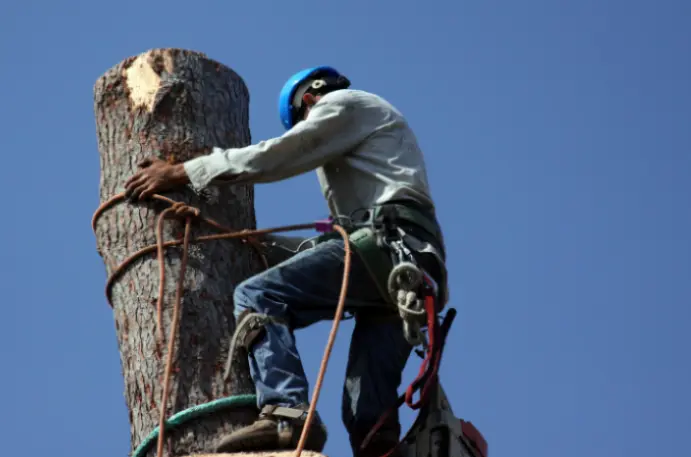
A Brief History of Hedges
The use of hedges goes back thousands of years. Archaeological findings show that early farmers planted them to mark their land and protect livestock. In medieval Europe, hedges became an important part of the countryside, often forming the boundaries of fields that can still be seen today. These hedgerows were made from native plants like hawthorn, blackthorn, and beech, creating thick and thorny barriers.
By the 18th and 19th centuries, hedges had become popular in formal gardens and large estates. They were no longer just practical; gardeners shaped them into neat designs and clipped them carefully to maintain symmetry. This tradition is what makes hedge trimming today more than just maintenance; it is a skilled art that adds style and charm to any landscape.
Hedge Planting and Its Importance
Hedge planting is the beginning step to establishing a healthy hedge. Some plants grow dense and quickly, and some grow more slowly but are more aesthetically pleasing. For example, in urban gardens, quick and compact boxwood and privet are commonly used, and for privacy screens, yew and laurel are also used and appreciated.
When it comes to planting a hedge, the spacing between plants is extremely important. If they are planted too close, they will compete for nutrients, and if they are too far apart, then gaps will form. The soil also needs to be prepared. Young hedges will establish quickly if the soil is drained well and has been enriched with compost. Particularly in dry climates, watering is crucial during the first several years.
Techniques of Hedge Trimming
Caring for established hedges mainly involves trimming, and this is the most important technique. Trimming hedges encourages and improves dense growth, thus making a hedge more robust and effective as a barrier.
The technique depends on the type of hedge. Formal hedges require straight lines and clean edges. This generally involves trimming several times a year to keep the hedge looking its best. Informal hedges, on the other hand, need trimming less often, letting them grow more naturally while still appearing tidy.
Timing is important. Most hedges do best when trimmed in late spring or summer, though some varieties need extra attention. For instance, flowering hedges should be pruned after they bloom to avoid cutting off next year’s flowers. The tools you use make a real difference. Sharp shears or powered trimmers give cleaner cuts and put less strain on the hedges.
For homeowners who find hedge trimming tricky or time-consuming, professional help is often the best choice. Experienced hedge trimming services Albany NY can help keep hedges healthy, tidy, and well-maintained throughout the year.
Seasonal Care for Hedges
Caring for hedges is more than just trimming. Each season brings tasks that help them stay healthy for years to come. In spring, it’s important to look out for pests and diseases, since young shoots are particularly delicate. Adding fertilizer at this time encourages strong, steady growth. During summer, regular watering helps keep hedges lush and vibrant. In summer, regular watering keeps hedges healthy, full, and vibrant. Autumn is the perfect time to apply mulch, which helps protect the roots as winter approaches.
Taking care of plants in winter in colder areas, like upstate New York, is equally essential. Gently brushing off branches can prevent breakage. Snow and ice can build up and weigh down branches. Winds can dry out the foliage of evergreens like yews and arborvitaes, so they may need tougher protective care as well.

The Function of Hedges in Ecosystems
Beyond their beauty and usefulness in gardens, hedges play an important ecological role. They offer shelter for plants and small wildlife, creating mini-ecosystems in both urban and rural areas.
Hedges also work as natural windbreaks, helping to prevent soil erosion and support proper water management. In cities, they can absorb pollution and lower noise levels, making them a valuable feature for enhancing the overall quality of life.
Choosing Between DIY and Professional Care
Homeowners often take pleasure in trimming their own hedges, but it is not an easy task. Some hedges take ladders and special tools to trim because they are very tall. Some are planted in difficult places, which complicate the trimming. In this situation, it is reasonable to seek help from a professional. Local services for hedge trimming in Albany, NY, have the knowledge and tools to take on the hardest jobs in a safe and effective way. They also know how to trim hedges to avoid damaging the plant, especially older and ornamental hedges, which is very important.
Learn why many New York homeowners call a certified arborist before touching their trees, https://kdtreeservices.com/why-ny-homeowners-call-a-certified-arborist-before-touching-their-trees/.
Hedges Problems
Like any other plant, hedges have their own problems. Aphids, spider mites, and caterpillars are pests that attack leaves and weaken growth. Certain species may also be afflicted by powdery mildew and root rot. Bad trimming may create bare spots and uneven growth, while over time, the soil around the hedge may become compacted, and not allow the roots to grow.
The problems a hedge suffers from are, for the most part, completely avoidable and can easily be corrected. A hedge is usually in good condition when it receives regular inspections, timely trimming, and proper feeding and watering.
For more guidance on proper pruning and tree care, you can refer to this USDA resource, https://www.fs.usda.gov/nrs/pubs/na/NA-FR-01-95-Rev-2012.pdf.

Modern Uses of Hedges
In today’s landscaping, hedges are more flexible than ever. They serve not only as boundaries but also as attractive design features. Low hedges can outline walkways and border flower beds. Taller hedges can serve as screens to make outdoor areas more secluded. Other hedge placement can be more inventive, as in hedges built into mazes and other ornamental shapes. Along with eco-friendly gardening practices, hedges remain a sustainable and attractive element in personal and community gardens.
For expert help with hedge care and maintenance, it’s a good idea to consult certified arborists. Their knowledge helps keep your hedges healthy and thriving. You can read more about why hiring a certified arborist in New York matters by visiting this helpful resource, https://kdtreeservices.com/hire-certified-arborist-new-york/.
FAQs
What is the best season for hedge trimming?
Most hedges are to be trimmed late in the spring or summer. Flowering hedges, however, should be trimmed immediately after their flowers fade so that they do not lose a future generation of flowers.
How often should I trim my hedge?
Formal hedges might need trimming several times a year, while informal hedges might instead need only one or two trims a year.
Can I plant a hedge on any soil?
Most hedges grow best on well-drained soils enriched with compost. Heavy clay soils or very sandy soils might need some improvement before planting.
Would hedge trimming services be worth it in Albany, New York?
Yes, quite worth it for an exorbitantly tall or large hedge, or if it presents problems in keeping it so. Professional services save your time and present the safest and healthiest care for your hedges.
Do hedges really support wildlife?
Yes. Hedges provide food, shelter, and nesting habitats for birds, insects, and small mammals, which makes them an important aspect of the ecosystem.
Final Thoughts
Hedges have long been a familiar part of gardens and landscapes. Once used mainly to mark rural boundaries, they are now just as common in modern yards where they add both decoration and privacy. They bring structure, greenery, and character to outdoor spaces. Proper hedge planting, steady care, and regular hedge trimming are all essential to keep them healthy and looking good. For homeowners who want expert help, local hedge trimming services Albany NY can handle the work with skill and precision. When looked after properly, a hedge can last for decades, offering shade, privacy, and lasting natural beauty.
For expert help with hedge care and maintenance, call KD Tree Service Albany NY for reliable assistance, (518) 625-8733.

